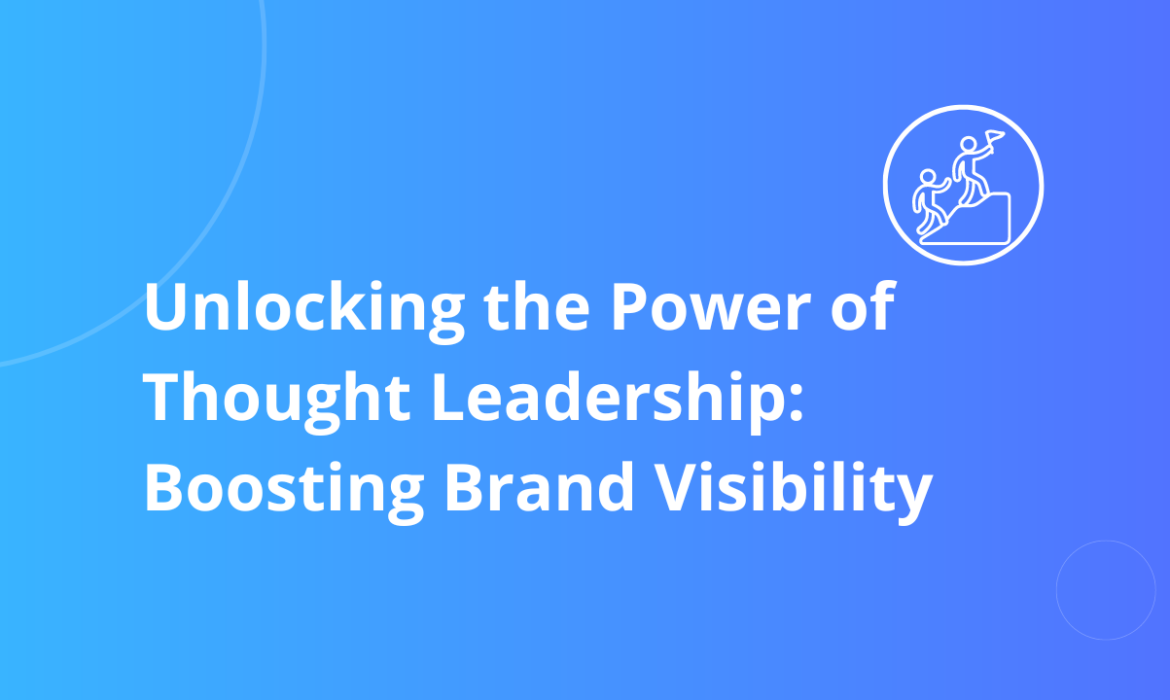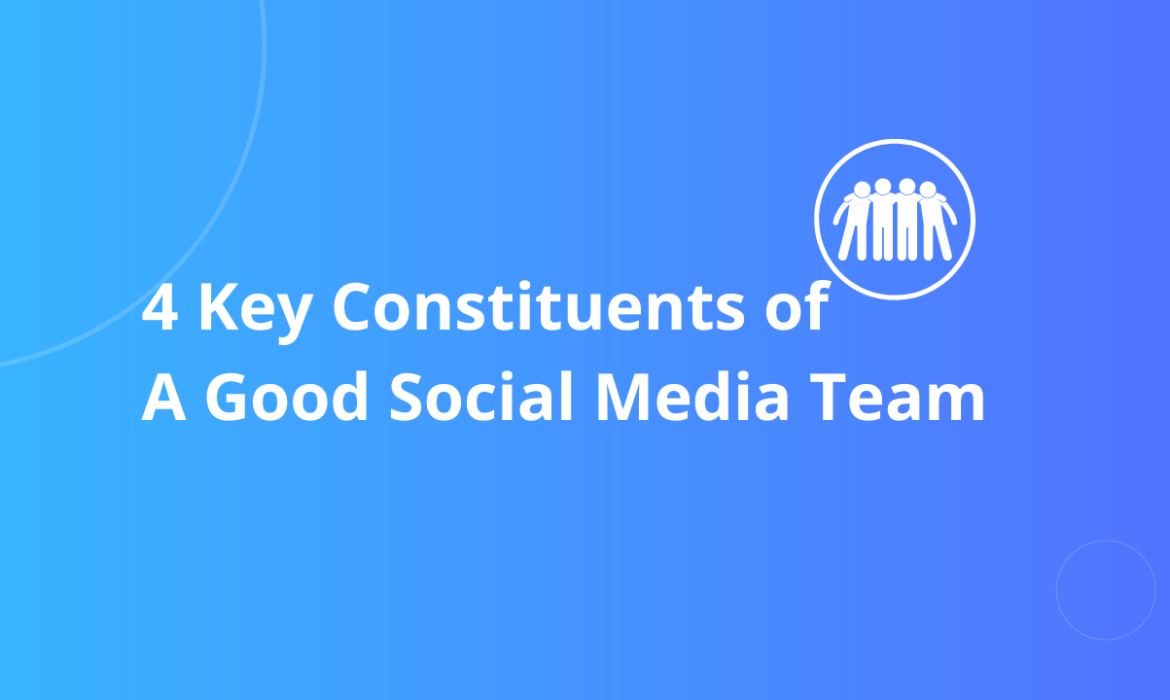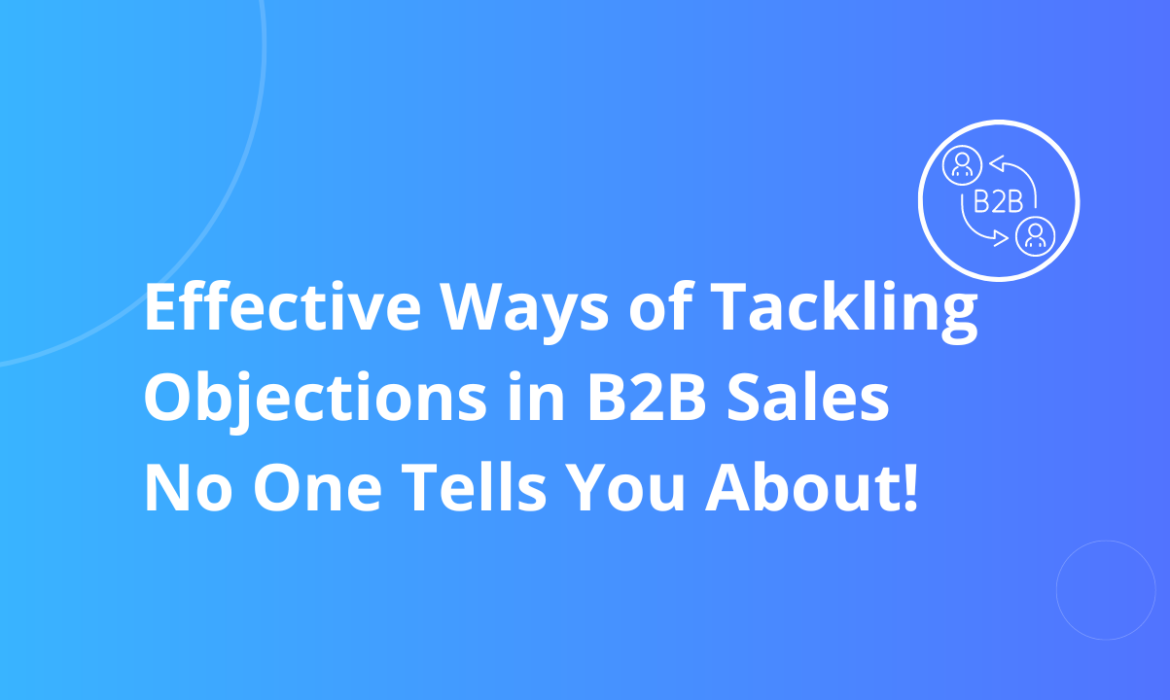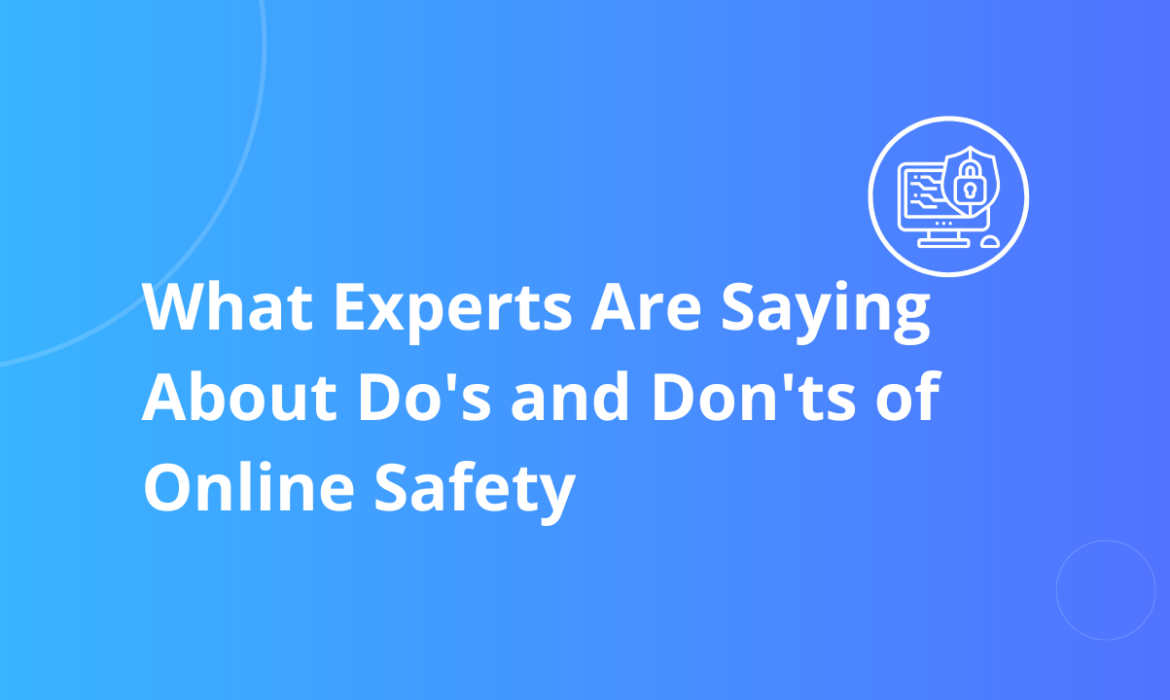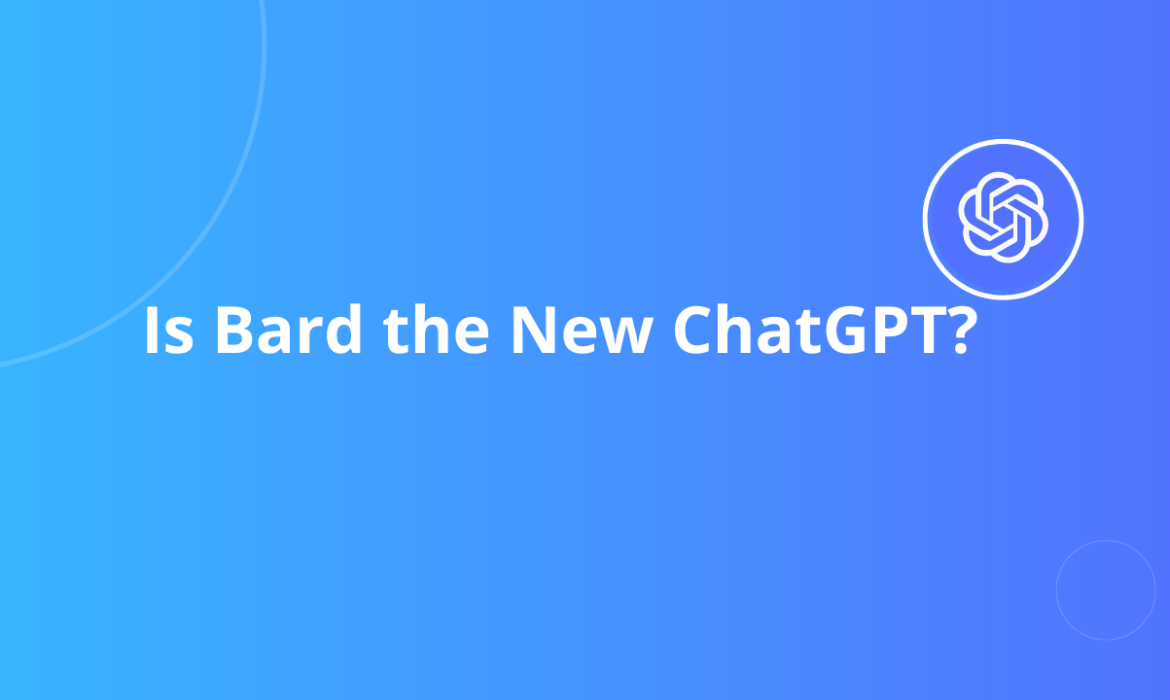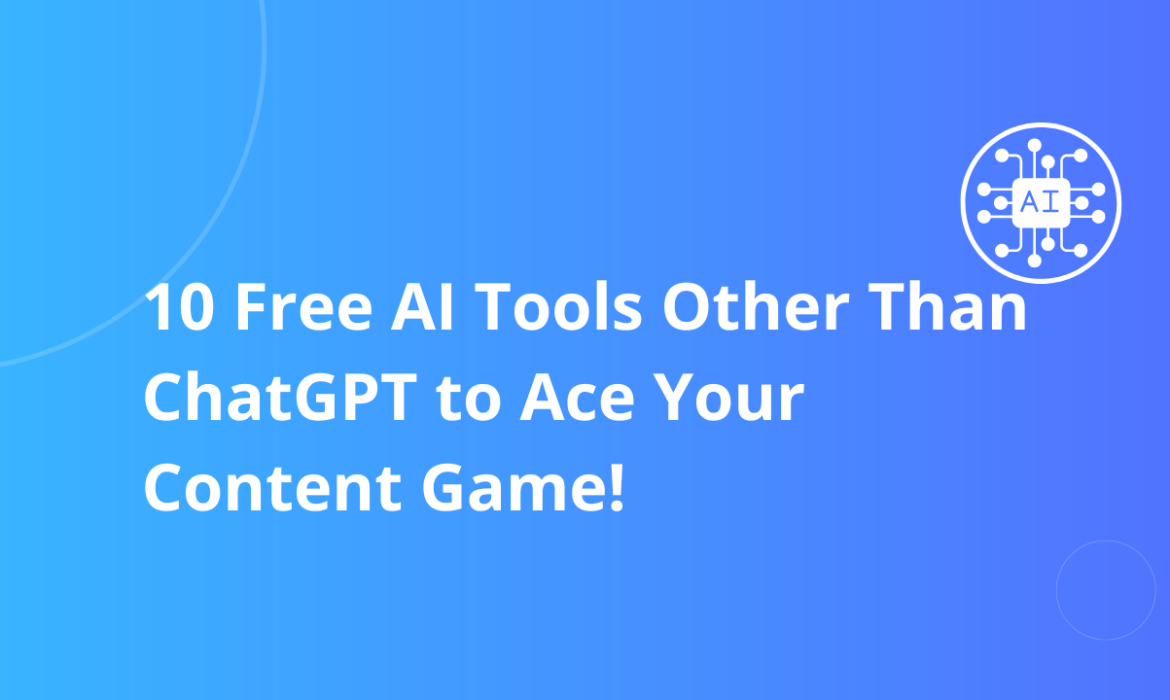Omkar Altamonte, Western Express
Highway, Malad East, Mumbai
Omkar Altamonte, Western Express
Highway, Malad East, Mumbai
About Us
We come on board as your ‘thought partners’, so we are not just an agency but rather your partners right from the stage of ideation and strategizing to implementation.
Quick Links
Locations
Ahmedabad: Paritosh, Nr. Darpana Academy, Usmanpura (River Side), Ahmedabad, Gujarat – 380013.
Gurugram: Uniworld Garden 2, Sector 47, Sohna Road, Gurugram, Haryana – 122018.
Bangalore: Jalvayu towers, Defense colony, Indiranagar, Bangalore, Karnataka – 560038.
© 2025 — Vanilla Skills. All Rights Reserved.





